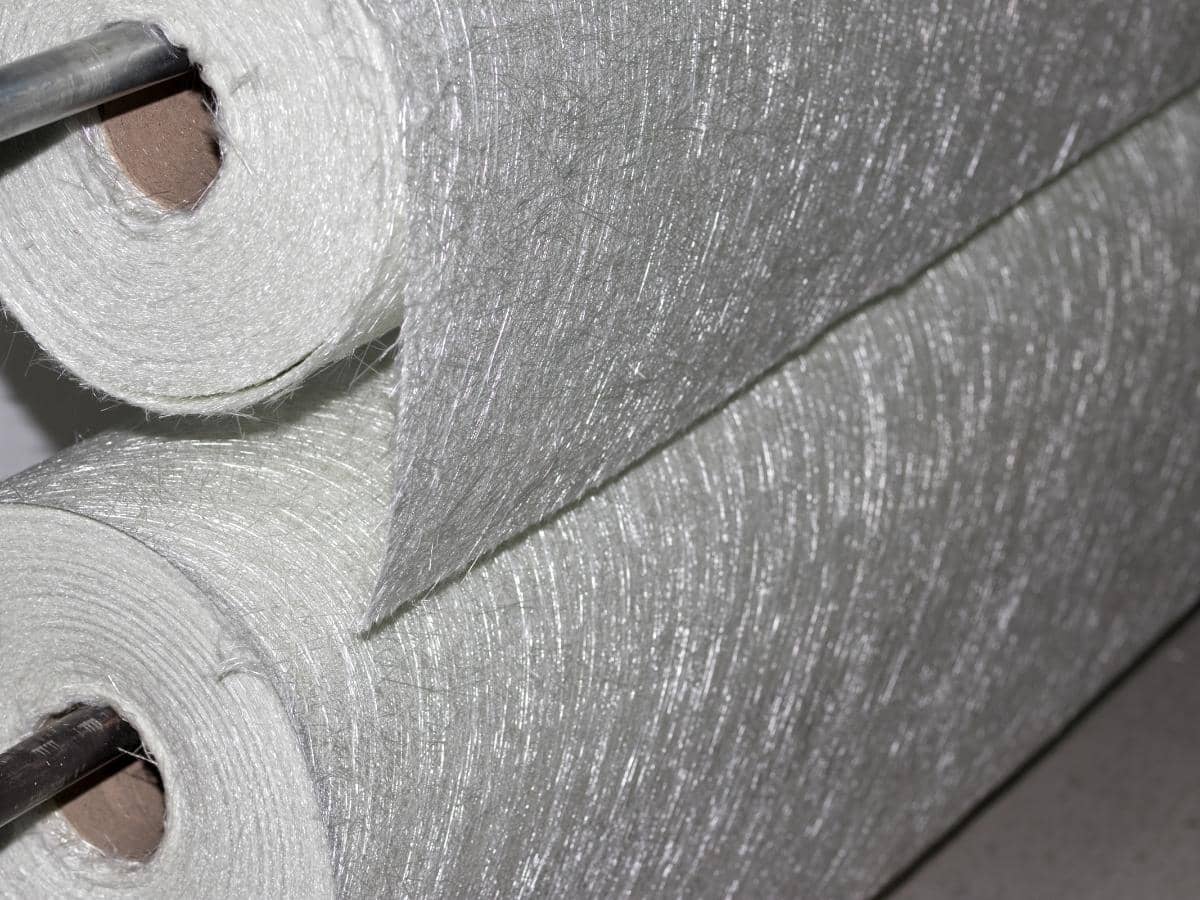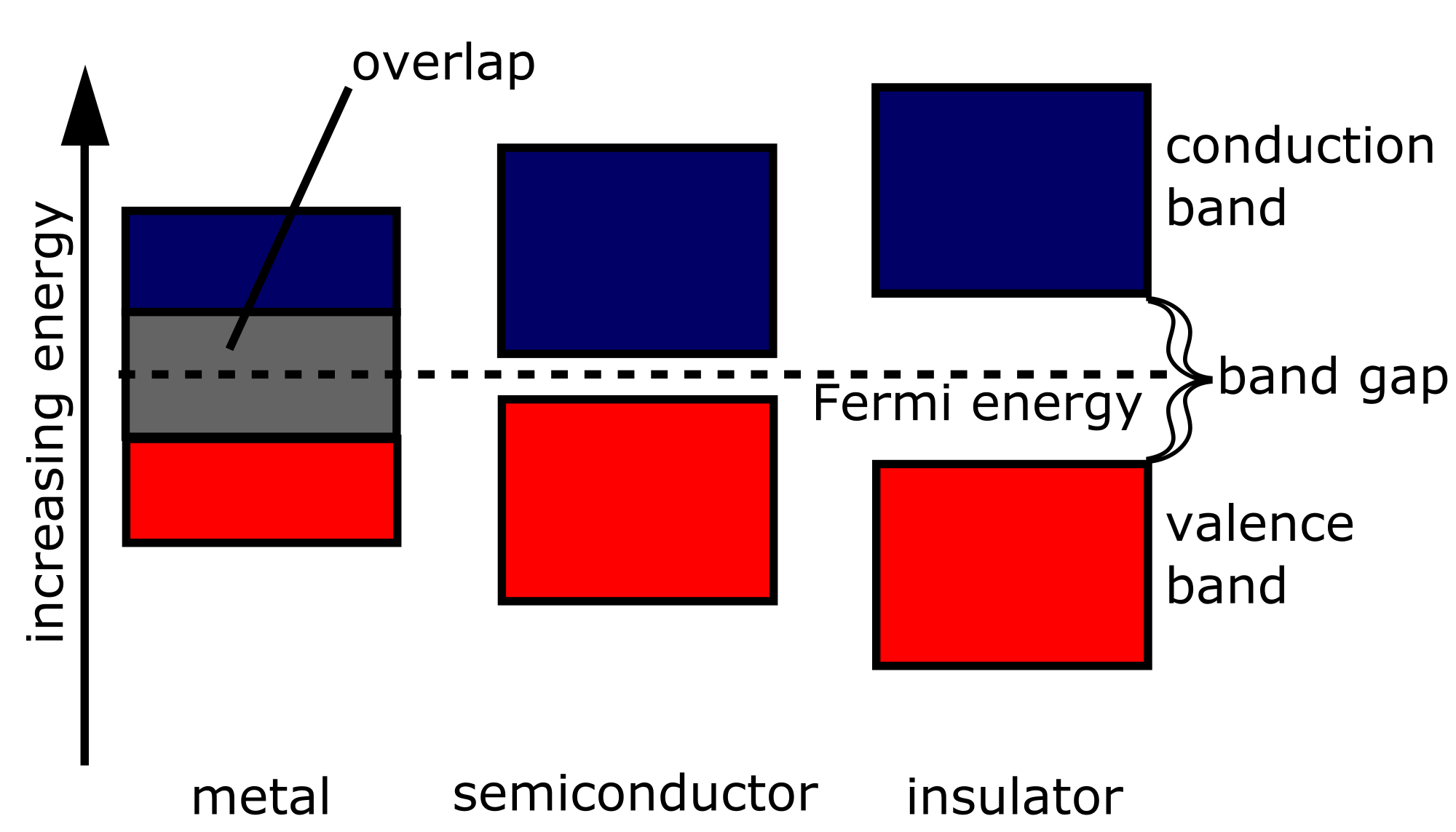Fiberglass is an affordable, flexible, and lightweight material that can withstand UV damage and corrosion.In this article, we’ll address the question about the electrical conduction of fiberglass.So, does fiberglass conduct electricity? No, it doesn’t. This is because the materials used in the making of fiberglasses such as glass and resin are poor conductors of electricity. They are used as insulators due to their rigid structure and lack of free electrons. The electrical conductivity of a material is defined by its ability to transmit electrical charge from one place to another.For electrical transmission to occur, we need free electrons that act as mediators and carry electricity from one end to another. Fiberglass does not have free electrons. Hence, it cannot conduct electricity.
Why can’t Fiberglass conduct electricity?
Fiberglass has a high resistivity for electrical conduction. This is because fiberglass is made of materials like silica sand, soda ash, and limestone.In these materials, there is an absence of free electrons in their outermost shell since they are tightly packed together. Free electrons act as carriers and transport electricity.The electrical resistivity of a material is defined as the ability of a material to restrict the flow of an electric current through it.The higher the electrical resistance of a material, the poorer will be its electrical conduction. Glass is a major component in fiberglass making. It has a high electrical resistance of 10^12 Ωm.Fiberglass has high dielectric strength. The dielectric strength of a material is the maximum electric field it can tolerate without undergoing an electrical breakdown and begin conducting electricity.Fiberglass is a porous material i.e.; it is permeable to air. A good conductor of electricity will not be permeable to air.Fiberglass has a significantly high energy bandgap.The energy bandgap of a material is the amount of energy required by its electrons to transit from the valence shell to the conduction shell to conduct electricity.For instance, silver, an excellent conductor of electricity, has a bandgap of 2.51 eV. While the energy band gap of glass is 3.16 eV which is relatively higher than that of silver.Due to all these factors, fiberglass cannot conduct electricity and is used as an electrical insulator instead.
What is Fiberglass Insulation?
Fiberglass insulations are sheet-like structures whose thickness can be increased by layering up the material.It’s an ever-present insulation material that contains tiny glass fibers. You can install fiberglass on open walls, attic, rim joist, and crawl space.There are three types of fiberglass insulations available:• Blanket insulation: It’s one of the most commonly used insulations. It consists of rolls or batts. Batts are thin sheets of fiberglass while rolls are their longer version.Batts are usually installed in sections while rolls are spread over walls and ceilings.• Loose-fill insulation: Loose-fill insulations contain tiny particles of fiberglass. They are flexible and can fit into places without hampering the finishing and structures of your walls or ceilings.• Rigid board insulation: Rigid board insulations are made by layering up several sheets of fiberglass. They have a dense and rigid structure. And are used for thermal insulation.Rigid board insulation can also act as moisture or air barrier. Thus it is used on the external surface of the walls of a house.
How does Fiberglass insulation work?
Fiberglass insulation is found in a majority of homes to restrict the flow of heat. It restricts the flow of cold, heat, and sound across walls.Since fiberglass is a porous material, it achieves this by trapping air in its pockets. This helps maintain a steady temperature.Hence, the room remains cool during summers while heat is maintained during winters. Fiberglass limits the free movement of air through walls. However, it doesn’t completely block air movement.The higher the R-value of a material, the more will be its thermal resistance.R-value is the capacity of a material to oppose heat transfer. You can increase the R-value of fiberglass material by layering it up to attain your desired R-value depending upon your location.Since colder regions will require a higher R-value than warmer regions.
What factors determine the electrical conduction of a material?
The electrical conductivity of material pivots on a few factors. There are as follows:
• The Temperature of the Material
Metals are conductors at room temperature. However, insulators do not conduct electricity at room temperature.When the temperature is increased, an insulator may overcome the band gap present between the valence shell and the conductivity shell of the material resulting in lowered electrical resistance and may conduct electricity.
• Cross-section Area of the Material
The larger the cross-sectional area of a material, the more will be its electrical conductivity. This is because more surface area will be available for the free electrons to move from one end to another.
• Length of the Material
The length of the material is inversely proportional to its electrical conductance. Hence, the shorter the distance, the more will be the electrical conduction.
• Energy Band Gap
The distance between the valence shell of a substance and its conductivity shell is called the energy bandgap. The smaller the bandgap, the more will be the electrical conductance of a material.For instance, the energy band gap of silver (conductor) is 2.51 eV while that of glass (insulator) is 3.16 eV which is relatively quite high.
• Electrical resistivity
The electrical resistivity of a material is inversely proportional to its electrical conductivity.Hence, the smaller the electrical resistance of a material, the more will be its electrical conductance. For example, the electrical resistivity of glass is 1012 while that of silver is 10-8
• Porosity of the Material
Porous materials have low electrical conductance while non-porous materials have high electrical conductance.
• Dielectric Strength
The dielectric strength of a material is inversely proportional to its electrical conductance. Hence, the smaller the dielectric strength, the more will be the electrical conductivity of the material.
• Availability of Free Electrons
Free electrons facilitate the transfer of an electric current from one end to another. Hence, the more the number of electrons, the more will be the electrical conductance of the material.
Can an Insulator be transformed into a Conductor?
Yes, this can be possible in the case of semiconductors.Semiconductors at materials whose electrical conductivity is between the electrical conductance of a conductor and an insulator.At room temperature, semiconductors act as insulators. However, with an increase in temperature, they begin conducting electricity.This is because, at high temperatures, the electrons in the valence shell of the material acquires enough energy to jump into the conduction band and transfer electricity. Related topics you must read Does Leather Conduct ElectricityDoes Dielectric Grease Conduct ElectricityDoes Copper Conduct ElectricityDoes Gold Conduct ElectricityDoes Rubber Conduct ElectricityDoes Concrete Conduct ElectricityDoes Carbon Fiber Conduct ElectricityDoes Titanium Conduct ElectricityDoes Brass Conduct ElectricityDoes Glass Conduct Electricity
Properties of Fiberglass
Specific properties of fiberglass that makes it long-lasting and durable are as follows:• Mechanical strength: The specific resistance of fiberglass is greater than that of steel.• Electrical and thermal resistance: Fiberglass does not conduct heat and electricity. Hence, it’s an excellent insulator.• Incombustible: Fiberglass does not catch fire or emit smoke.• Dimensional stability: Fiberglass isn’t sensitive to changes in temperature and moisture.• Dielectric permeability: Fiberglass is used in electromagnetic windows since it doesn’t transmit radiations.Which is the best insulator in the world?Diamond is the best insulator in the world. It is made up of carbon atoms and lacks free electrons. Other excellent insulators are pure water, air, oil, glass, and rubber.Can fiberglass conduct heat?No, fiberglass cannot conduct heat. This is because, just like electrical conduction, thermal conduction also requires free electrons for heat to travel from one place to another. Since fiberglass lacks free electrons it acts as a thermal insulator.Which is a better insulator, fiberglass or PVC?Polyvinyl chloride (PVC) is a vinyl polymer while fiberglass contains resin and glass fibers. PVC is generally used for electrical insulation while fiberglass is used for thermal insulation. This is because fiberglass has better thermal resistance than PVC.
Conclusion
Fiberglass is a type of reinforced plastic made from a woven material consisting of tiny glass fibers. Since it lacks free electrons, fiberglass is used as an insulator for heat and electricity. But an increase in temperature may cause certain insulators to conduct electricity. Fiberglass insulation is primarily used in houses for restricting the flow of heat across wall surfaces.

